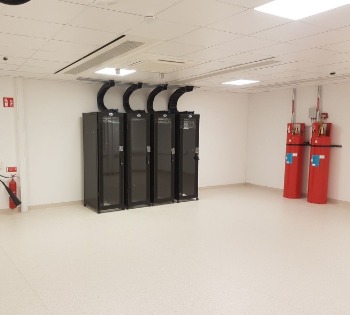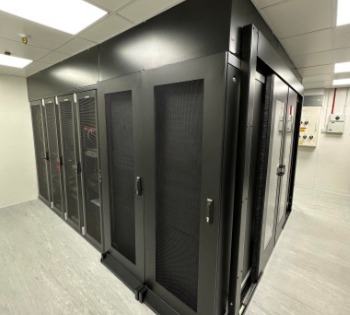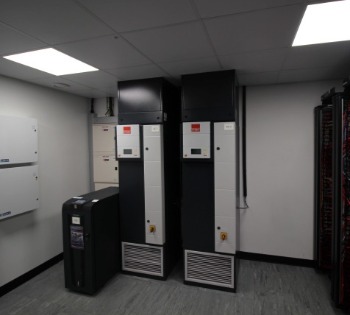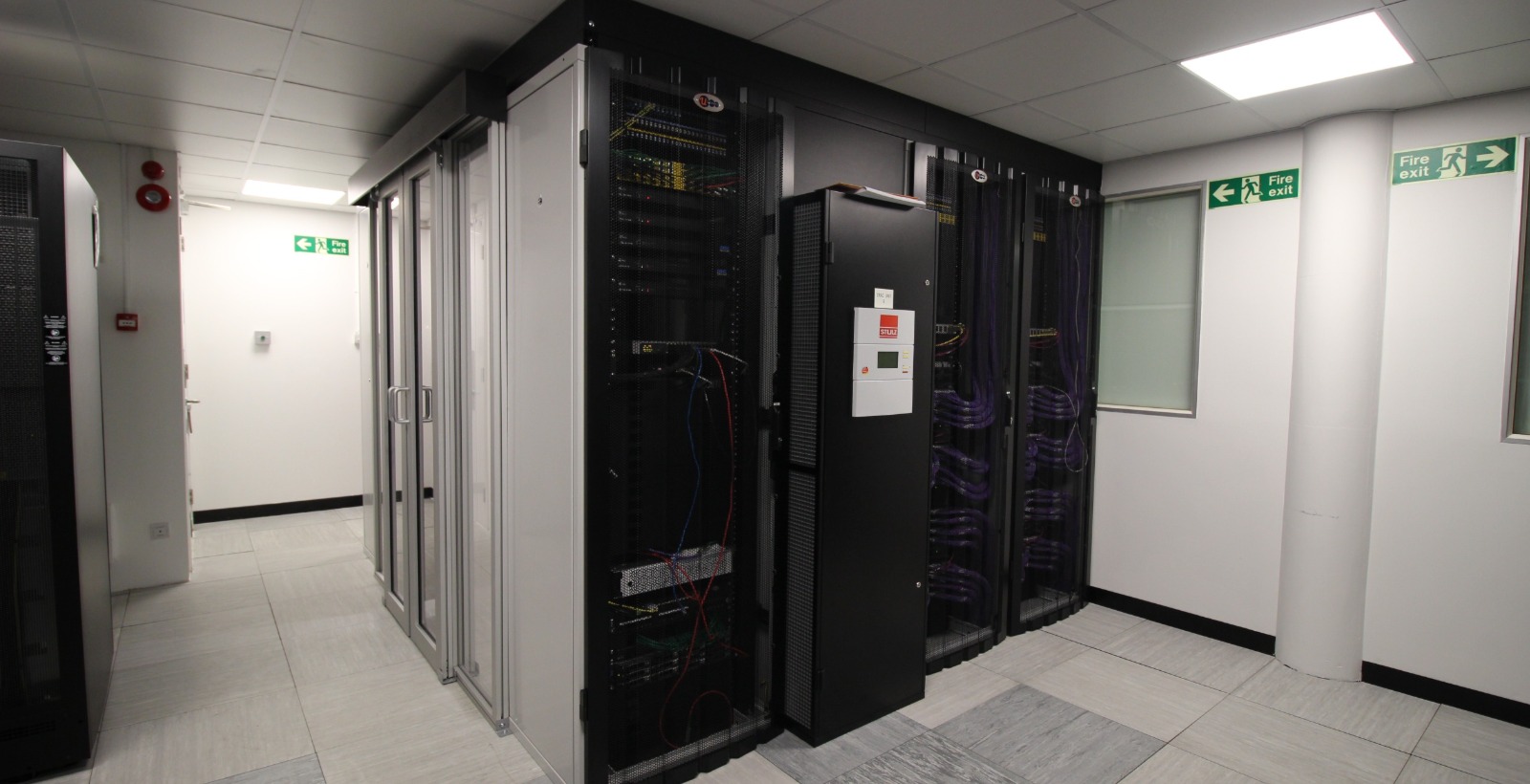
The Future of Data Centres: Trends and Demands to Expect in 2023
Introduction
As technology continues to advance at a rapid pace, the demand for data storage and processing is only going to increase. That's why data centres are becoming more and more important in the digital landscape. But what does the future hold for these facilities? In 2023, we can expect to see a number of trends and demands that will shape the future of data centres. From the rise of edge computing to the need for sustainable energy solutions, there are many factors that will impact the way these facilities are designed and operated.
In this article, we'll take a closer look at some of the key trends and demands that are likely to emerge in the next few years, and what they mean for the future of data centres. Whether you're a business owner looking to invest in data storage or a tech enthusiast curious about the latest developments, this is an important topic to keep an eye on.
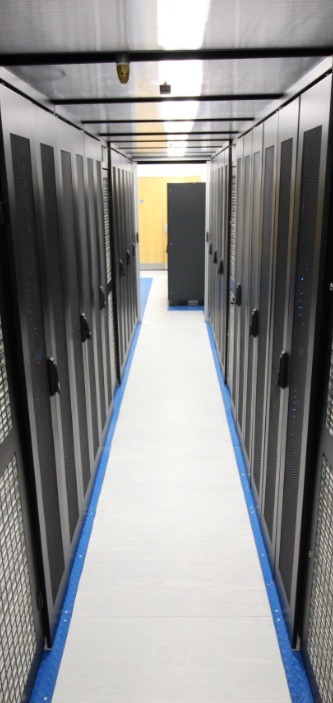
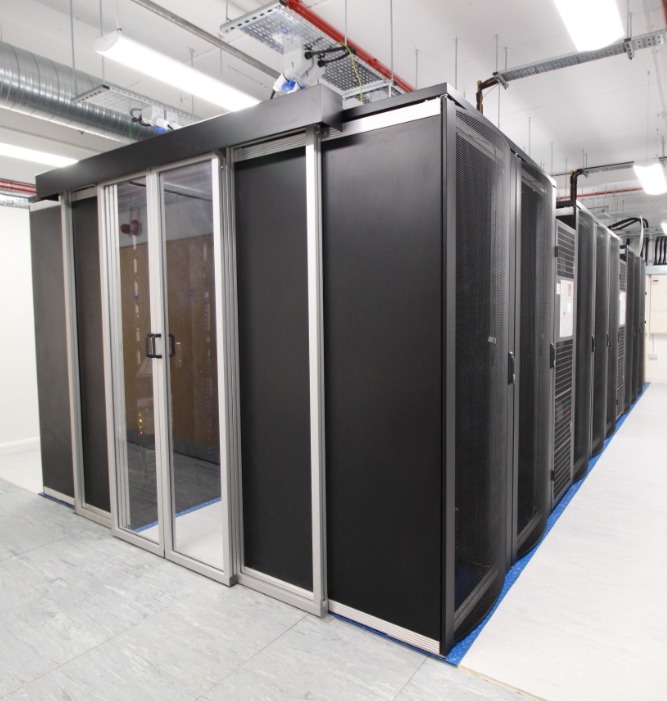
Trends shaping the future of data centres
Data centres are at the heart of our digital world, they store and process the vast amounts of data that we generate every day. As technology continues to evolve, so do the demands placed on data centres. Here are some of the trends that are shaping the future of data centres.
The demand for hyperscale data centres is growing rapidly. These facilities are designed to handle massive amounts of data and traffic, and they are becoming increasingly important as more businesses move their operations online. In fact, according to a report by MarketsandMarkets, the hyperscale data centre market is expected to grow from $25.08 billion in 2017 to $80.65 billion by 2022, at a compound annual growth rate (CAGR) of 26.32%.
One of the key drivers of this growth is the rise of cloud computing. Cloud computing allows businesses to store and access their data and applications over the internet, rather than on local servers. This has many benefits, including increased flexibility, scalability, and cost savings. However, it also requires large amounts of data storage and processing power, which is where hyperscale data centres come in. Edge computing and the rise of micro data centres Edge computing is a new paradigm in computing that is gaining traction in the data centre industry. It involves processing data closer to the source, rather than sending it to a central data centre for processing. This can improve performance, reduce latency, and lower bandwidth requirements.
To support edge computing, we can expect to see the rise of micro data centres. These are small, self-contained data centres that can be deployed in remote locations, such as factories or retail stores. They are designed to process data locally, which can reduce the amount of data that needs to be sent over the network. This is particularly important for applications that require low latency, such as autonomous vehicles or industrial automation. Green energy and sustainable data centres Data centres consume a lot of energy. According to a report by the Natural Resources Defence Council, data centres in the US alone consumed 70 billion kilowatt-hours of electricity in 2014. That's about 1.8% of the country's total electricity consumption. As the demand for data storage and processing continues to grow, so does the need for sustainable energy solutions.
To address this challenge, we can expect to see more data centres investing in renewable energy sources, such as solar or wind power. We may also see the development of new technologies that can make data centres more energy-efficient, such as liquid cooling or artificial intelligence (AI) optimization.
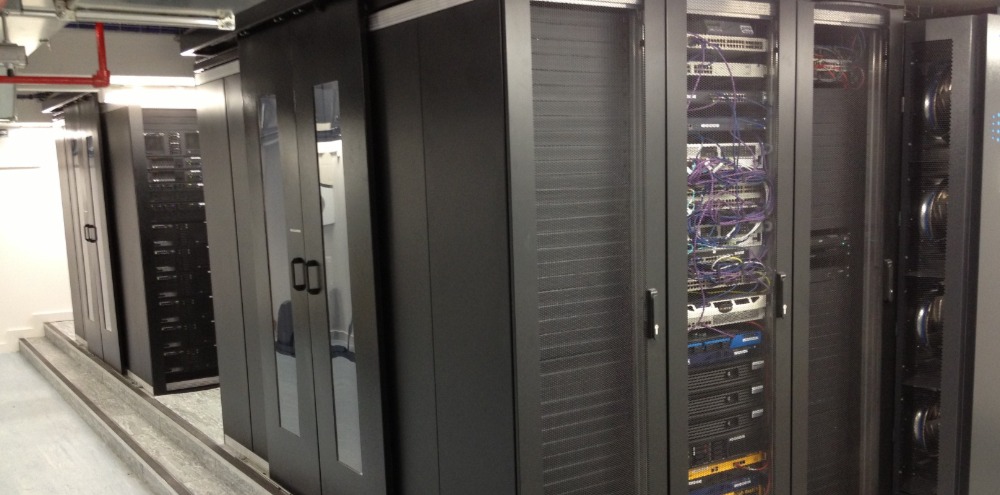
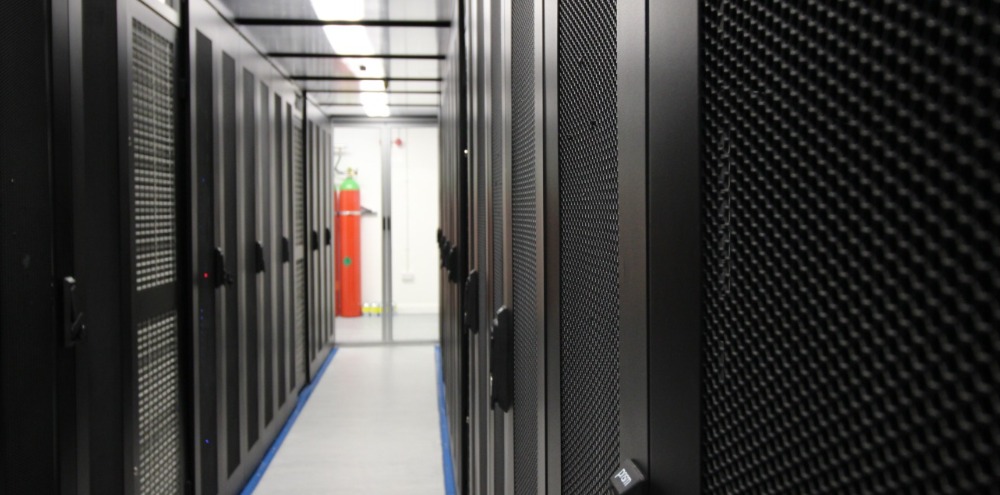
Security concerns and solutions
As the amount of data stored in data centres continues to grow, so does the risk of cyber attacks. In 2019, data breaches cost US businesses an average of $8.19 million per breach, according to a report by IBM. This highlights the importance of security in the data centre industry. The impact of 5G on data centres The rollout of 5G networks is expected to have a significant impact on the data centre industry. 5G is the next generation of wireless technology, and it promises to deliver faster speeds, lower latency, and more reliable connections than ever before. This will enable new applications, such as autonomous vehicles and virtual reality, that require high-speed, low-latency connections.
To support these applications, we can expect to see the development of edge data centres that are specifically designed to handle 5G traffic. These data centres will be located closer to the edge of the network, which will reduce latency and improve performance. The role of AI in data centre management Artificial intelligence (AI) is already being used in data centres to improve efficiency and reduce costs. For example, AI algorithms can be used to optimize energy consumption, predict equipment failures, and automate routine tasks. In the future, we can expect to see even more advanced AI systems that can manage entire data centres autonomously.
Future job opportunities in data centres
